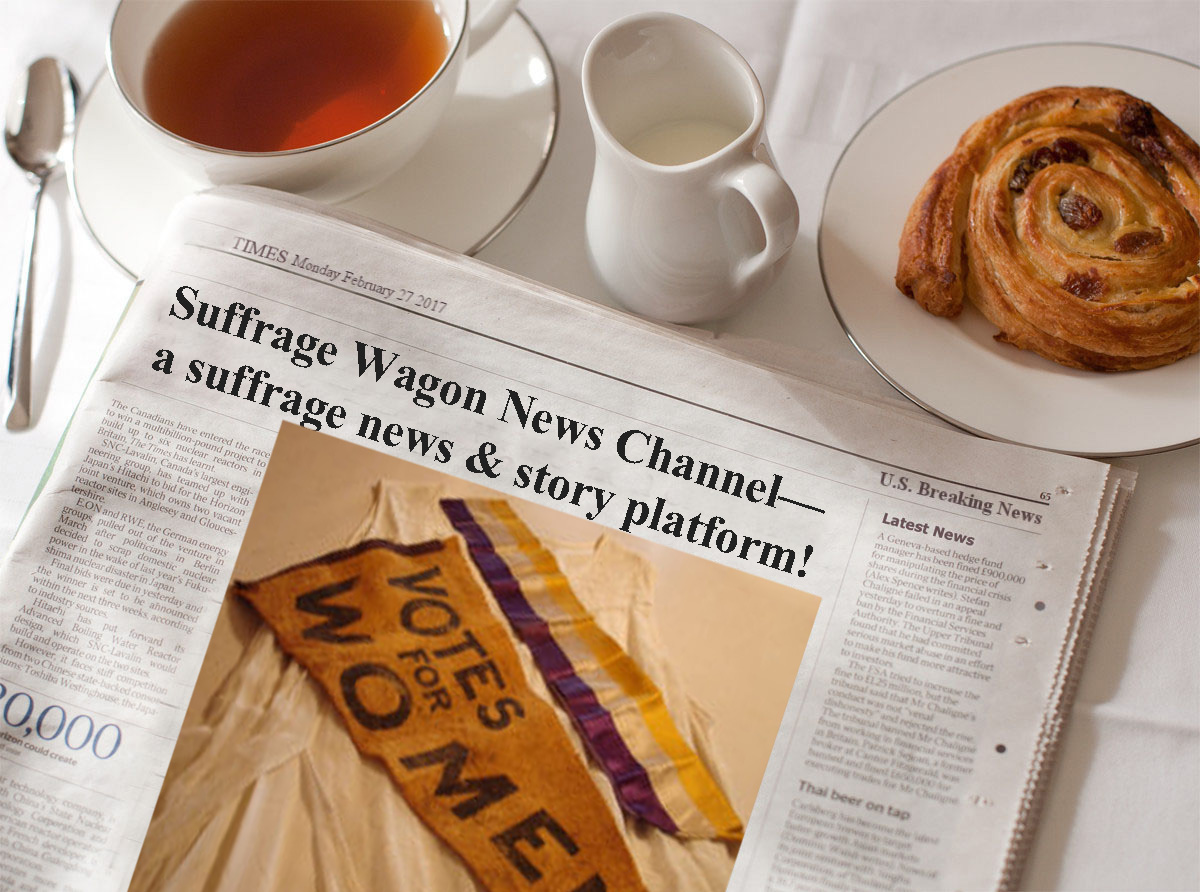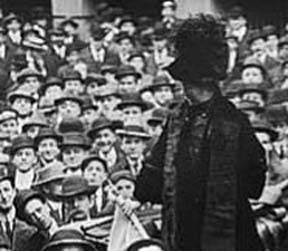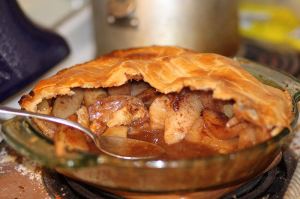Tea receptions had a distinct function during the suffrage movement –of bringing women together, to raise funds and rally for the cause. In March of 1915, Harriot Stanton Blatch and her Women’s Political Union called upon activists to end their suffrage frills: “No more pink teas,” Mrs. Blatch said. “But direct work with the men.” Mrs. Blatch’s reaction suggests that women might have been loving their tea parties a little too much and put organizing for the suffrage general election on the back burner. Which is another reason to use the occasion of High Tea events to combine education, pleasure and discussion about the world and how we can make a special contribution in these times.



5 Responses
The way you link newspaper articles with your blog posts has me hanging on for more information.
Strange how the meaning of things can become lost quickly.
My understanding is that a pink tea referred to an event where pink was the theme color of the decorations and so on. I could be wrong, but in any event, it makes for a mystery. And blog comments need a puzzle to solve now and again.
Why were they pink teas? Just because pink is “girly”, or for another reason?
(Pink wasn’t considered girly in the early 1900s, though, was it? I found this link — http://answers.google.com/answers/threadview?id=238733 — that included the following:
“At one point pink was considered more of a boy’s color, (as a
watered-down red, which is a fierce color) and blue was more for
girls. The associate of pink with bold, dramatic red clearly affected
its use for boys. An American newspaper in 1914 advised mothers, “If
you like the color note on the little one’s garments, use pink for the
boy and blue for the girl, if you are a follower of convention.” [The
Sunday Sentinal, March 29, 1914.]” So now I’m even more curious…)